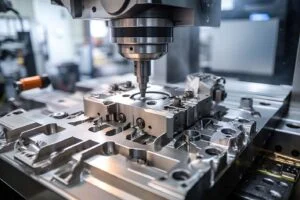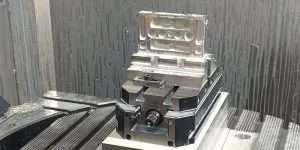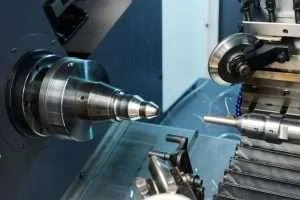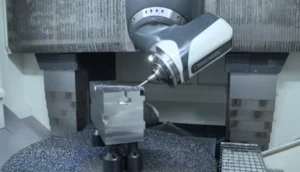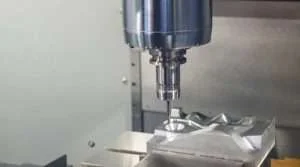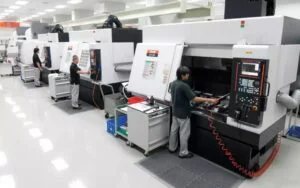Each type of tool adopts different processing parameters based on the different materials it processes. In the field of milling, tool manufacturers optimize tool materials and develop more targeted coating technologies to improve processing efficiency.
By combining various elements in materials, we can see thousands of types of processable raw materials. To process these materials, we must know the processing properties of the material and optimize the processing method.
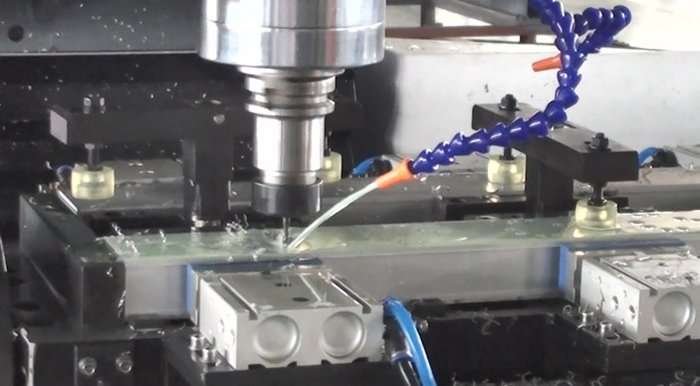
PART 1
The material group to which the workpiece belongs
According to the ISO 531:1966 international standard, the total machinable materials are divided into 6 categories, which are:
P represents the steel material;
M represents stainless steel material;
K represents the cast iron material;
N represents non-metallic materials;
S represents high temperature materials;
H represents high-hardness materials.
Based on the tensile strength and hardness of the material, tool manufacturers classify materials into smaller categories within these broad categories. If we cannot find the processing performance parameters for the material we are processing within these smaller categories, the most feasible approach is to consult with the tool supplier, who will be happy to help you solve this problem.
PART 2
Calculation formula
We usually see the following formula in the tool manual
Before we talk about this formula, let’s recall the formula we learned about the circumference of a circle:
C (circumference) = π (pi) * d (diameter)
According to this formula, we can conclude that for a tool with a diameter of D, the distance traveled by the outermost point of the tool per rotation is:
π*D
Then, when the tool rotates at a frequency of n revolutions per minute, the distance traveled is:
n*π*D
According to the formula of time (T) x speed (V) = distance (S), the speed Vc of the tool at the outermost point of the tool at any point during this time is:
Vc = (n * π * D) / 1
The following formula is obtained through conversion:
n=Vc/(π*D)
Note! Our cutting tools use millimeters (mm) as the unit, so the unit of speed Vc in the previous formula is millimeters per minute.
After length conversion (1m=1000mm), we have this common formula:
After simplifying the equation, we have our final formula:

Attention!
The unit of D (tool diameter) is still mm (millimeter), while the unit of Vc (line speed) has been changed to m/min (meter/minute).
This formula is also applicable to turning. In turning, D represents the diameter of the blank.

